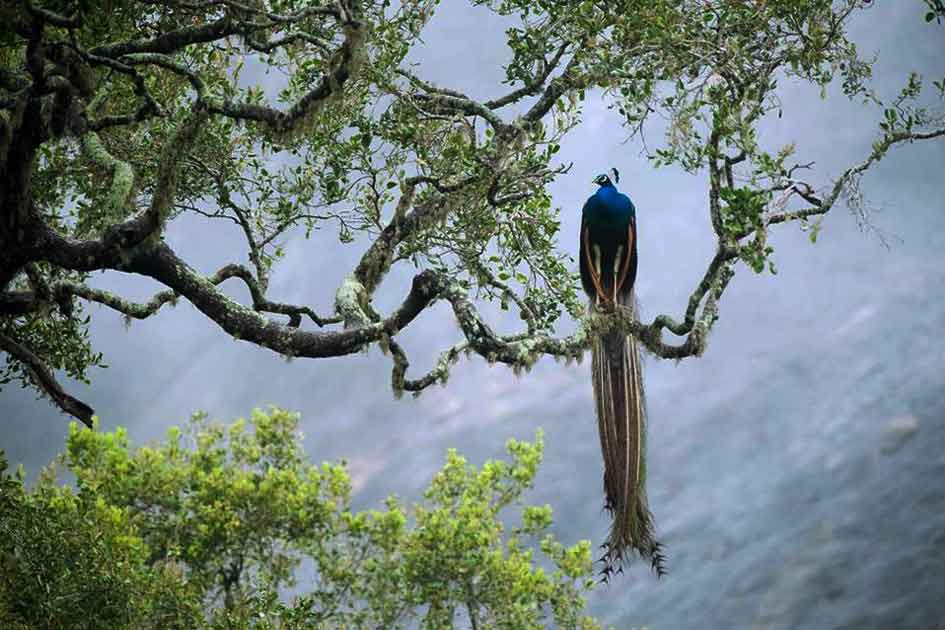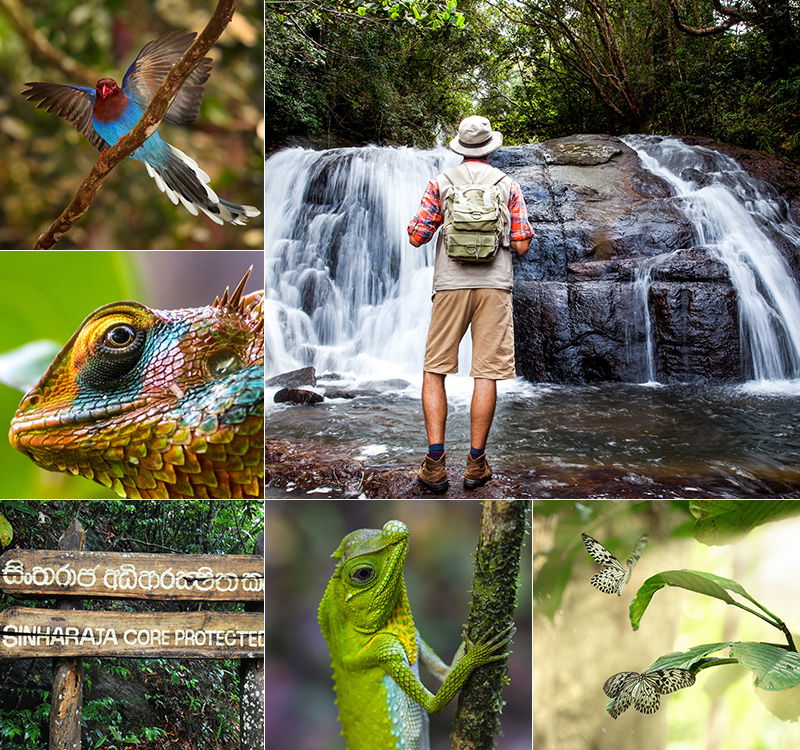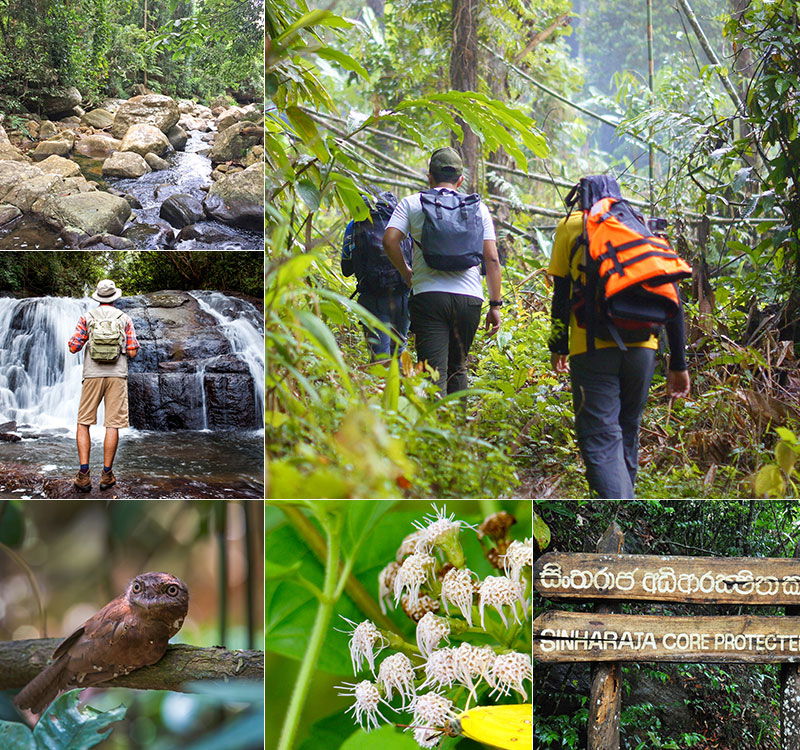
Sinharaja Rainforest is a UNESCO World Heritage Site located in the southwestern region of Sri Lanka. It is one of the last remaining rainforests in the country and is home to a wide range of endemic species, including birds, insects, mammals, and reptiles.
The Sinharaja Rainforest covers an area of approximately 11,187 hectares and is located in the Sabaragamuwa and Southern provinces of Sri Lanka. The forest is surrounded by a series of rivers and streams, which provide water for the diverse ecosystem that thrives within it.

The forest is renowned for its biodiversity and is home to over 50% of the endemic species found in Sri Lanka. Some of the species found in the forest include the Sri Lankan blue magpie, Sri Lankan leopard, purple-faced langur, and many species of butterflies and amphibians.
The vegetation of the Sinharaja Rainforest is also diverse, with over 240 species of trees, many of which are considered to be rare or endangered. Some of the notable tree species found in the forest include the giant Silkwood (Lepisanthes rubiginosa), Ebony (Diospyros ebenum), and Ceylon Ironwood (Mesua ferrea).

The Sinharaja Rainforest is an important watershed, with several rivers and streams originating within its boundaries. These rivers provide water for many communities downstream and are also important habitats for many aquatic species.
The forest is a popular destination for ecotourists and nature enthusiasts who come to explore the diverse ecosystem and experience the natural beauty of the rainforest. Visitors can take guided tours through the forest, go bird watching, or hike the numerous trails that wind through the jungle. The Sinharaja Rainforest is a unique and important natural resource that is both beautiful and ecologically significant.
